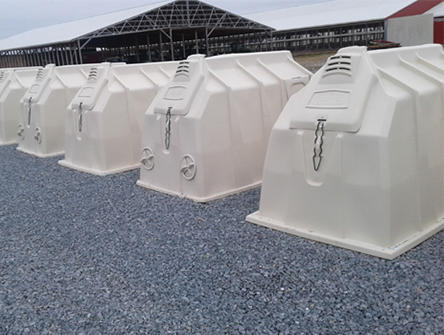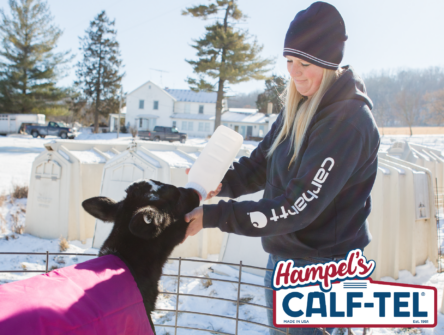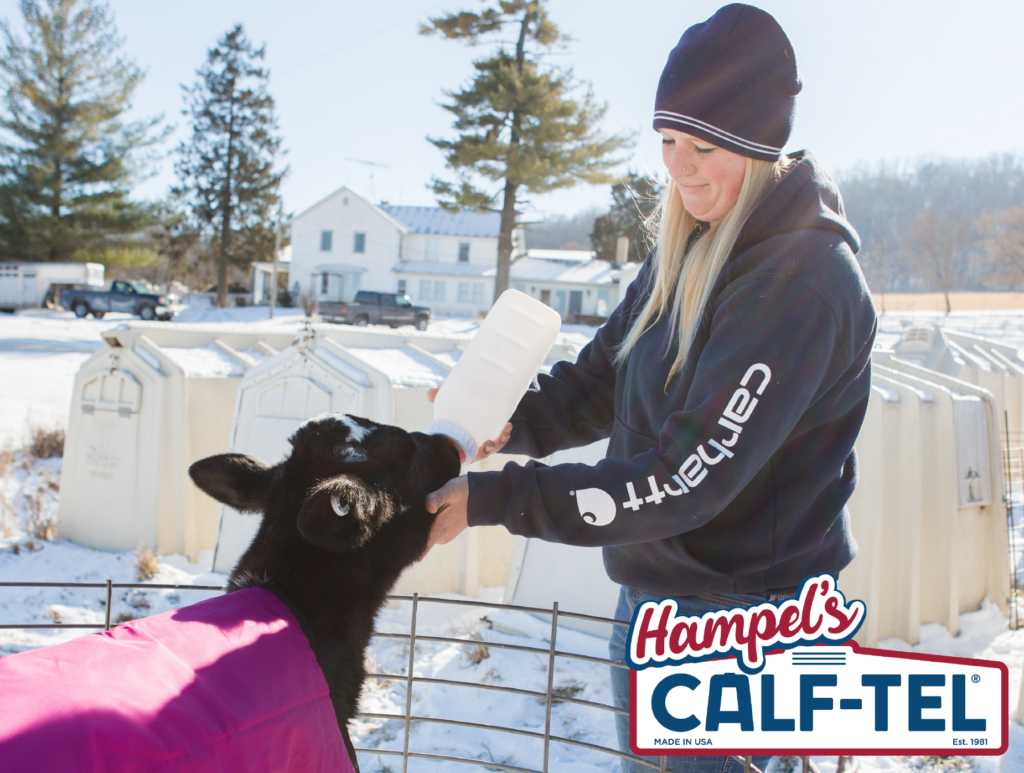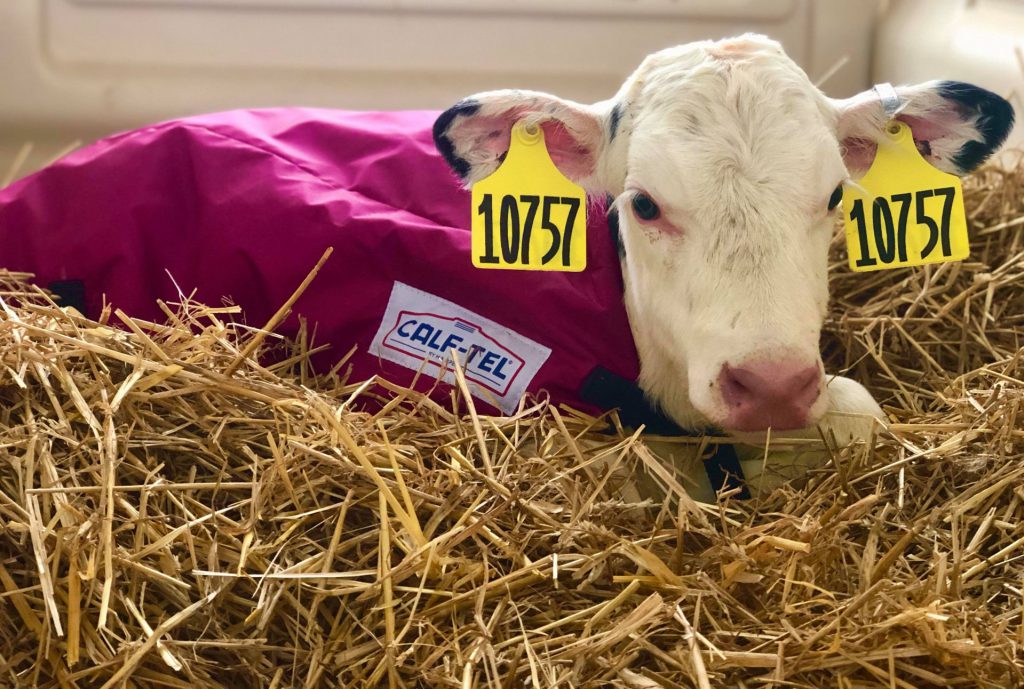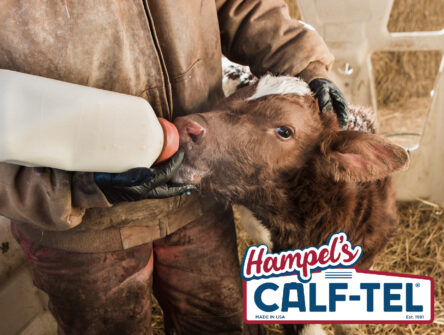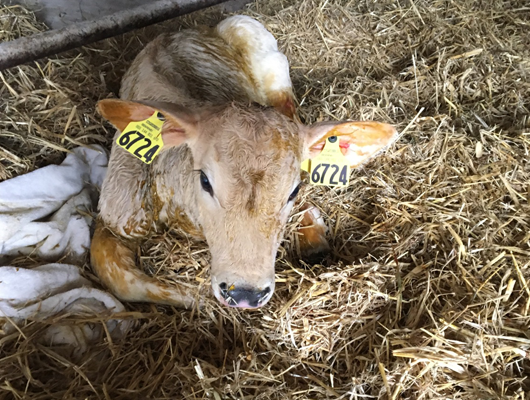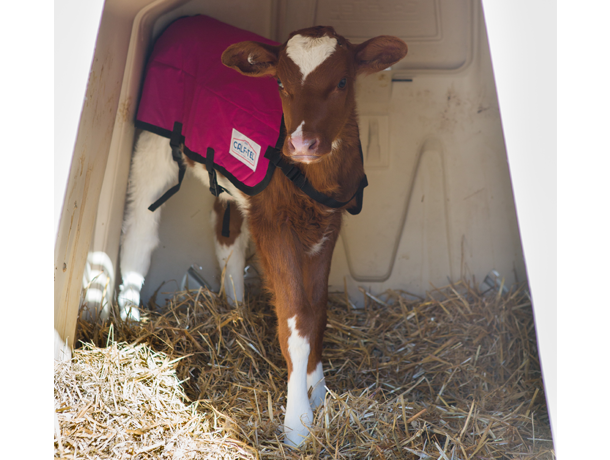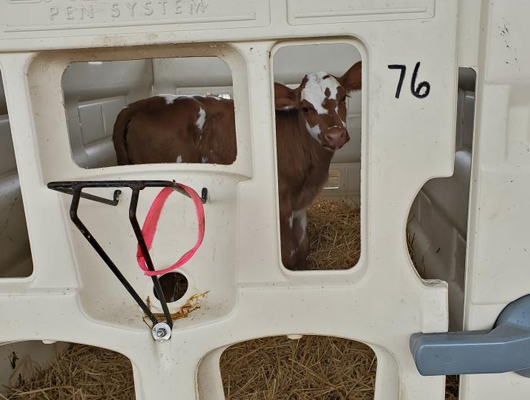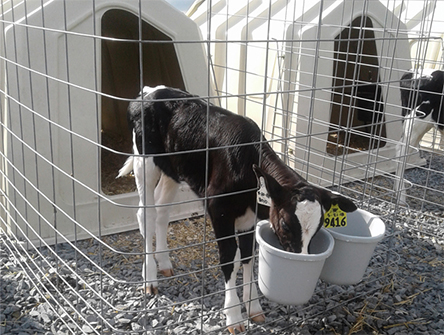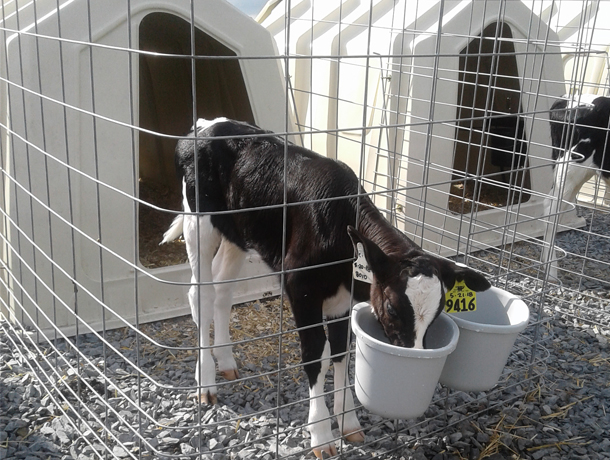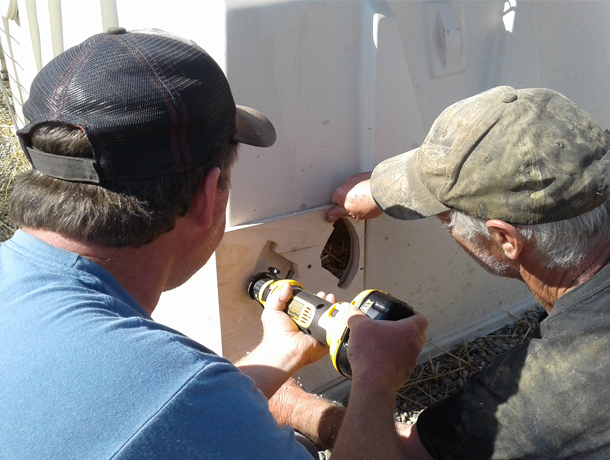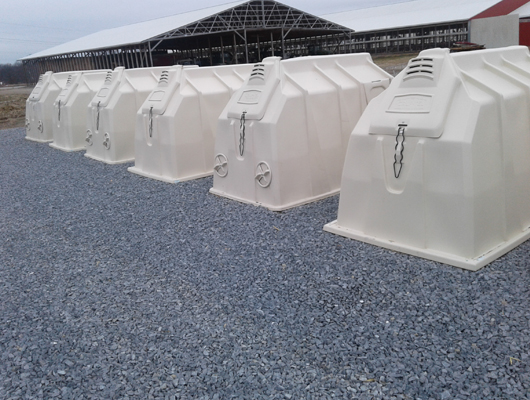
Are you considering making a new calf housing site or changing an existing one? Taking time to weigh options and put together a plan that best meets your management needs, while maximizing labor efficiency and calf performance, is crucial.
Here are some considerations as part of the plan:
Who, what and where? Start by making a list of items that will be important to your calf care-giving team. Is the goal of the change to increase efficiency, improve drainage, ease cleaning, reduce bedding needs, or another area to improve? We suggest starting with this checklist:
- How will you be delivering feed and water to the calf area?
- What type of bedding will be used and where will it be stored?
- Is the site in close enough proximity to deliver warm milk (or water) to the calves at optimal feeding temperatures?
- Is there water readily available for cleaning hutches? Will there be a designated wash area for equipment?
- How easily can the site itself be cleaned? Is disinfecting required there as well?
This is a great discussion for the calf care team to share ideas and suggest changes as well.
How many? Having enough hutches to allow for a stress-free weaning process is very important and a benchmark often used is 10 percent of the milking herd will be in hutches at any given time. For example, my neighboring 1200-cow dairy normally has about 120 calves in hutches. This number should be adjusted up or down based on how long the calves are in hutches and if your operation is raising any bull calves.
Some farms also like to have enough hutches to allow 7-10 days for cleaning, sanitation and drying between calves in an effort to reduce any opportunities for bacteria or illness.
Drainage and Cleaning. Gravel, stone and concrete are the most common options for hutch pad sites. Raising calves off the ground on a well-drained foundation helps keep calves dry and improves overall health, keeps them cleaner while reducing the amount of bedding used.
Gravel and stone pads normally have larger stones at the bottom of the pad and are topped with smaller stone or gravel. The best way to clean a gravel or stone site is to scrape the bedding material off and then let the area sit idle for 7-10 days, allowing the site to dry in the sunshine.
While requiring a significant upfront investment to create the site, concrete pads are the easiest to clean and disinfect. It is highly recommended that the pad has a 3% slope and drainage grooves to be most effective. In some areas, these pads slope to a catch basin capturing the fluid runoff for spreading on fields. Concrete can be power washed and disinfected, delivering the best option for minimizing disease outbreaks. Using a concrete base locks in one location for hutches, so before proceeding with this option, be sure that the site corresponds with any future growth plans for the business as well.
Simply setting directly on the ground or dirt creates some significant challenges to the calf care team as urine and moisture from precipitation has no way to drain away quickly and ends up collecting under and around the hutch. The challenge then becomes keeping the calf dry and healthy, using much more bedding, and in some environments, a distinct increase in fly activity around the calves.
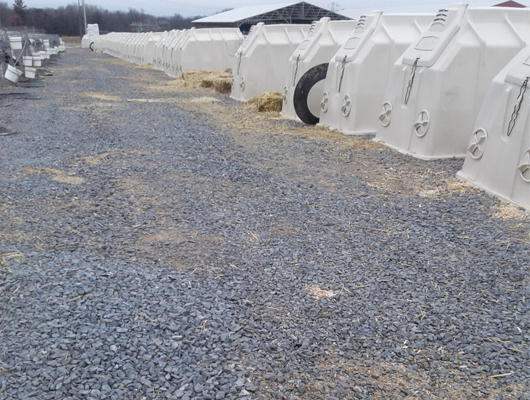
Location. Fresh air is the most important consideration when planning the layout of plastic Calf-Tel hutches. Place hutches in an open area, away from any barns or silo bunkers that will block the wind and away from manure lagoons, feed bunks or other items, preventing any fumes from reaching the calves as well. It is also recommended that the hutch cleaning area be separate as pressure washing can scatter bacteria and dirt in the area.
Calf-Tel recommends spacing hutch rows 10 feet apart and keeping 1 foot between hutches within the row to prevent calves from touching and assure that there is enough room to access hutches to feed and bed them easily. Prior to establishing a hutch site, measure the equipment being used to deliver feed and bedding, as well as cleaning the site, to assure ample room for equipment to turn easily among the rows.
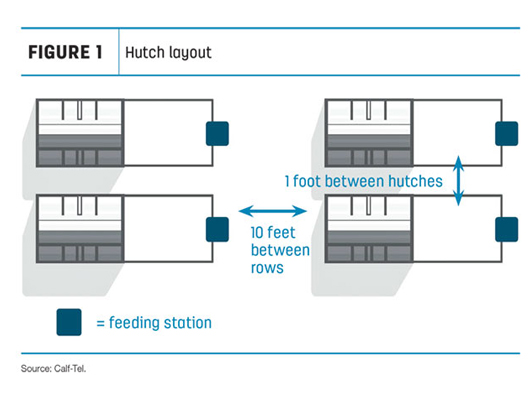
Hutches should be positioned to maximize airflow in the summer and protect against the wind in the winter. In the Dairy Calf & Heifer Association Gold Standards, it is recommended to orient hutches rows facing east to west to maximize shade. In the summer, Calf-Tel recommends positioning hutches to take advantage of natural airflow, while opening rear bedding doors, lower rear vents and ridge vents to help flush hot air out of the hutch. Some calf raisers also prop the back of the hutch a few inches off the ground for extra ventilation in hot weather as well.
In the winter, it is recommended to face hutches away from the prevailing winds. Ideally the winds would hit the side of the hutch. Depending on wind speeds in the area, some producers run a cable along the top of hutches to help hold them in place during storms or provide windbreaks, like a row of stacked straw or corn stalk bales, or windscreens as pictured below.
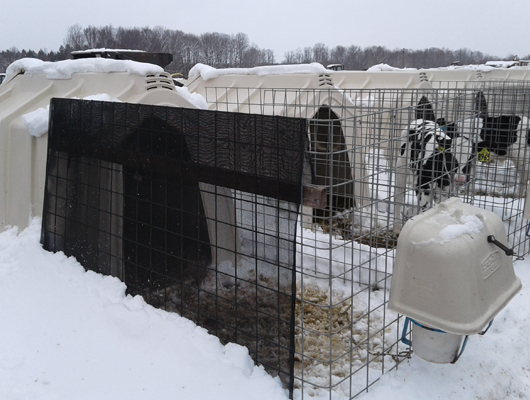
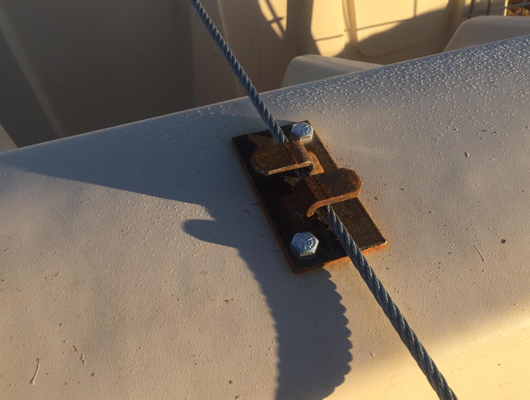
As the plan is formulated for your hutch site, our Calf-Tel team encourages discussion with your calf care team, veterinarian, and contractor to best determine the layout that suits your situation and assures that calves are healthy, growing and the team caring for them can work efficiently and smoothly.
Kelly Driver has been involved in the New York dairy industry all her life. In addition to raising dairy calves and replacement heifers, she is the Northeast Territory Manager for Calf-Tel. Feel free to contact her at kellydriver@hampelcorp.com with your calf questions or suggest a topic you would like covered in a future blog.
References:
Dairy Calf and Heifer Association. (2016). Gold Standards I and II.
Broadwater, Neil. (2010, December 6). Top five considerations for superior calf housing. Retrieved from https://hoards.com/article-1800-top-five-considera…
Sowder, Brandon. (2018, August 7). Five best practices for laying out calf hutches. Retrieved from https://www.progressivedairy.com/topics/calves-hei…
Courtesy of our dealer – CRI REPRODUCCIÓN ANIMAL MÉXICO SA DE CV.
